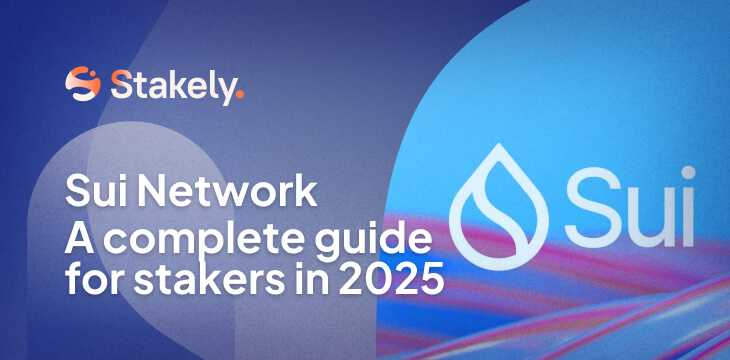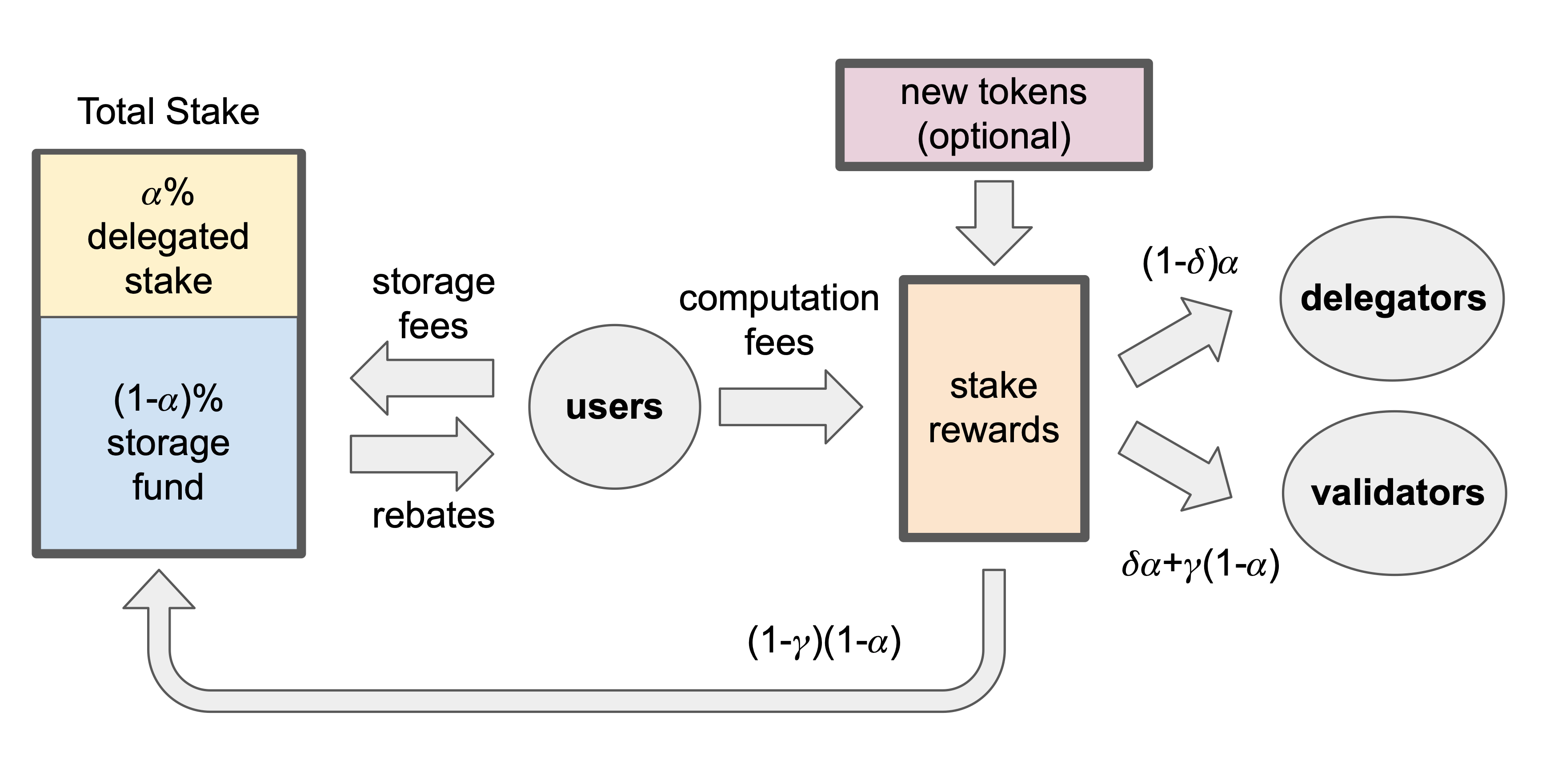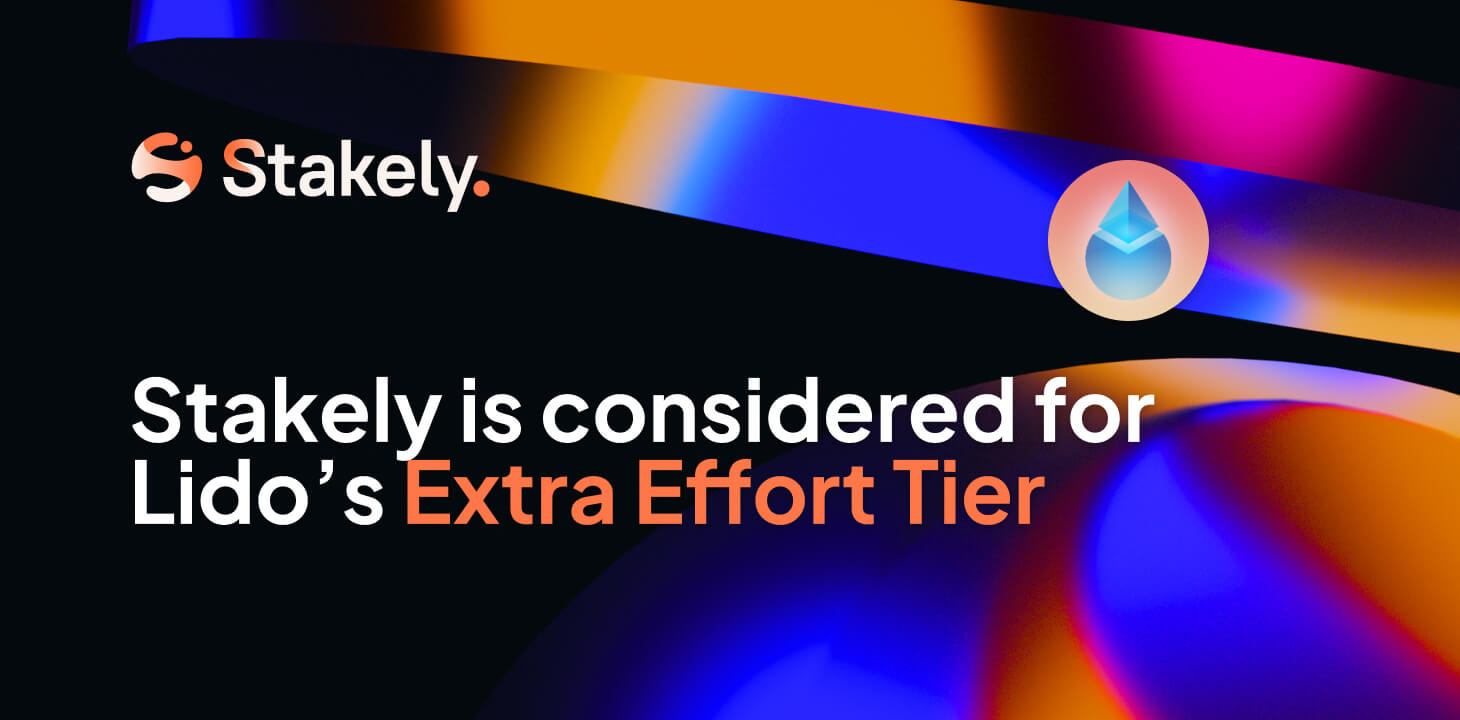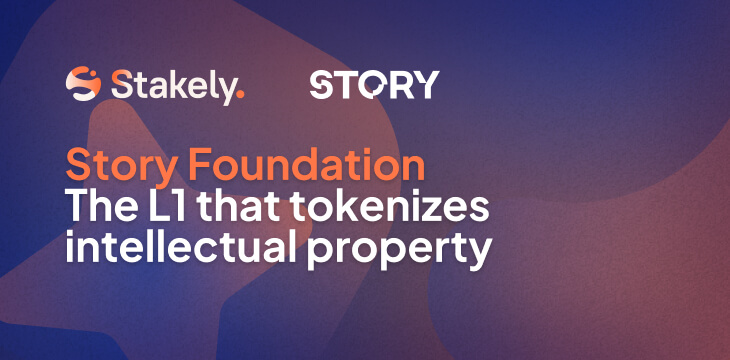Sui Network: A complete guide for stakers in 2025

If you’re looking for a network that combines performance, security, and real scalability, Sui could be your next development and staking environment. In this guide, we’ll explore what Sui is, how its architecture works, why it’s revolutionizing the experience of building dApps on Web3, and how to participate in Sui staking with Stakely to strengthen the network and earn rewards.
What is Sui and what is it for?
Sui is a layer 1 blockchain developed by Mysten Labs, launched on mainnet in May 2023, designed to deliver low latency, horizontal scalability, and an optimized model for high-concurrency applications such as DeFi, on-chain gaming, and dynamic NFTs.
Its key proposal stands apart from the “traditional” account-based model like Ethereum. In Sui, each asset is treated as an object that can be mutated or transferred without locking the entire chain, enabling parallel operations ideal for Web3, with interactive experiences, minimal latency, and low cost.
How does Sui work technically?
To understand this blockchain, it’s best to break it down into three key pillars:
1. Object-centric data model
Sui organizes state into objects, where each asset—whether tokens, NFTs, DeFi positions, or mutable records—has a unique identifier (UID), an owner, and mutable metadata. This allows for a distinction between:
- Single-owner objects: controlled by a single user, allowing certain transactions to be executed without complex consensus.
- Shared objects: accessed or modified by multiple users or contracts, and thus require consensus-based execution.
Thanks to this abstraction, many transactions don’t depend on each other and can be executed in parallel, significantly reducing bottlenecks. This structure represents a paradigm shift from blockchains where nearly everything must go through strict global ordering.
2. Parallel execution and modular consensus: Narwhal, Bullshark, and the evolution to Mysticeti
Sui separates data availability from transaction ordering, which is critical for achieving high speed and scalability. This process relies on three core components:
- Narwhal: acts as an optimized mempool based on a directed acyclic graph (DAG), collecting transaction batches from validators and ensuring data is available for the next stage.
- Bullshark: a BFT protocol that orders the data prepared by Narwhal, reaching secure consensus in a partially synchronous environment.
- Mysticeti: a next-gen consensus configuration that further improves latency and parallelism.
3. Move language and virtual machine
Sui uses the Move language, where assets are “linear resources” that cannot be arbitrarily copied or destroyed, mitigating common bugs like duplication, overflows, or reentrancy patterns, while supporting formal audits. The Sui VM executes contracts deterministically and in parallel, with atomic package updates and robust security guarantees, making it ideal for professional infrastructure operations.
SUI token: Tokenomics and utilities
SUI is Sui Network’s native token and plays essential roles such as: gas payments, staking via delegated Proof-of-Stake (DPoS), on-chain governance, and financial utility across the ecosystem as DeFi collateral, integration in NFTs, and gaming.
Just like other Proof-of-Stake networks, Sui requires you to delegate your SUI tokens to a validator like Stakely to take part in the consensus process, help secure the network, and earn staking rewards.
Here’s how the DPoS process works in Sui:


How does Sui improve the Web3 ecosystem?
From an infrastructure, development, and staking perspective, Sui brings a set of advantages worth highlighting:
- Horizontal scalability: the network’s capacity grows by adding more validators without sacrificing performance.
- Sub-second finality: transactions are confirmed almost instantly—ideal for gaming, DeFi, and real-time markets.
- Enhanced security: Move language and DAG-BFT consensus harden the network against common vulnerabilities.
- Low and stable costs: parallel execution reduces congestion and keeps fees predictable.
- High-performance environment: built for demanding dApps, it offers developers optimal efficiency.
The Sui community
Sui isn’t just about tech—it empowers users and builders with practical, ongoing support:
- Resources and support: developer portals, forums, mentorships, and up-to-date documentation.
- Grants and Request for Proposals (RFPs): funding opportunities for infrastructure, tooling, and dApps through regular initiatives.
- Ambassadors: local leaders who create content, host events, and provide multilingual support.
- Events and hackathons: global competitions, workshops, and hacker houses for learning and launching projects.
- Tooling and DX: SDKs, indexers, and boilerplates like the Sui dApp Kit to speed up development.
In summary, Sui is a new architecture combining an object-oriented data model, parallel execution, and low-latency consensus to redefine how dApps are built and scaled.
It offers developers a secure and efficient foundation, delegators a competitive staking opportunity, and operators a demanding yet thriving network.
At Stakely, we’re at the forefront: we operate a Sui validator where we offer SUI staking, and we also actively contribute infrastructure tooling to the ecosystem.
If you’re a developer, check out their documentation; and if you want to delegate SUI and help secure the network, you can do it with Stakely in just a few minutes.





